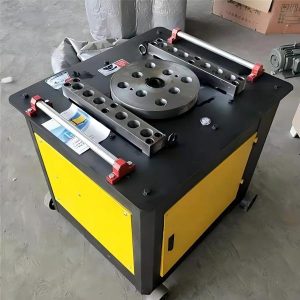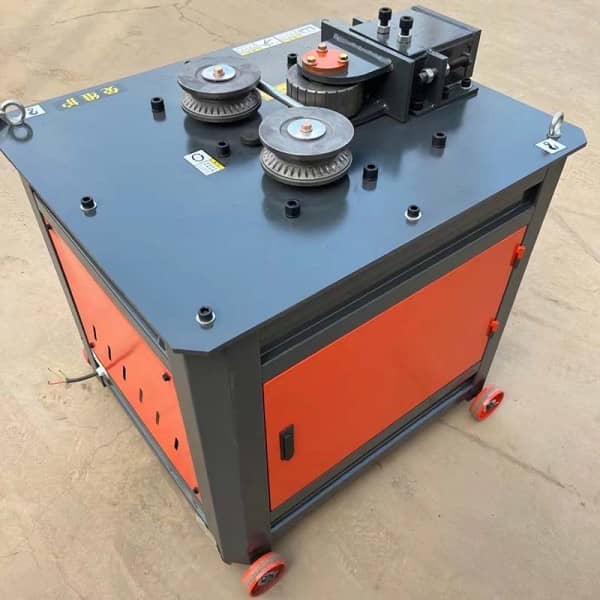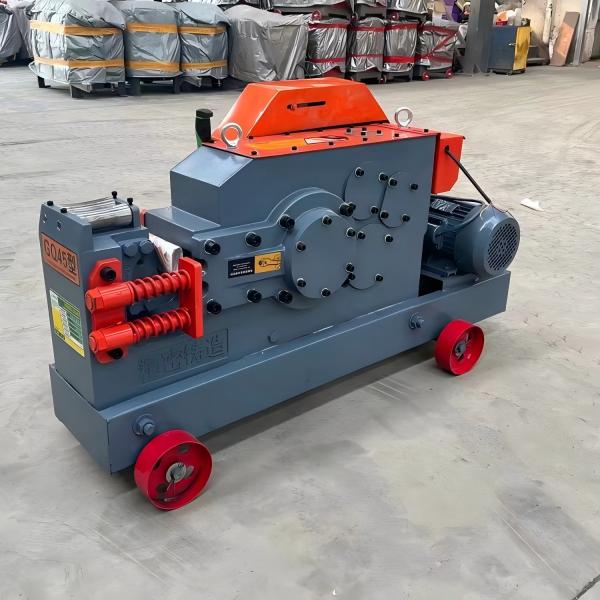Rebar Bender: Essential Equipment for Efficient Steel Bending
Rebar benders play a crucial role in modern construction and steel processing. As construction projects demand more precision and efficiency, these machines have become an indispensable part of every steel fabrication workshop. A rebar bender helps workers bend steel bars (rebars) into required angles and shapes with ease, accuracy, and consistency.
What Is a Rebar Bender?
A rebar bender is a mechanical or electric machine designed to bend reinforcing steel bars to specific angles—typically 45°, 90°, or even custom configurations. Whether manual, semi-automatic, or fully automatic, these machines ensure the proper shaping of rebar used in concrete reinforcement, bridges, tunnels, and high-rise buildings.
Why Use a Rebar Bender?
To begin with, rebar benders increase work efficiency. Compared to manual bending, these machines complete the same task in a fraction of the time. As a result, projects stay on schedule and labor costs are reduced. Moreover, rebar benders deliver consistent bends, which helps meet strict construction standards and improves structural integrity.
In addition, using a bar bender improves worker safety. Manual bending not only requires significant physical effort but also increases the risk of injury. With an electric or hydraulic rebar bender, operators can achieve accurate bends while keeping their hands safely away from the working area.
Applications in Construction
Rebar benders are widely used on construction sites, especially in large-scale concrete structures. Contractors use them to fabricate stirrups, U-bars, L-bars, and spirals, which are all essential in reinforcing concrete. Furthermore, many factories employ rebar bending machines in pre-fabricated rebar production lines to speed up output and improve consistency.
Choosing the Right Bar Bender
When selecting a rebar bender, it’s important to consider factors such as bar diameter range, bending angle, motor power, bending speed, and portability. For example, portable rebar benders are ideal for job sites with limited space, while heavy-duty models suit factories that require high-volume production.
Additionally, some machines combine both bending and cutting functions, offering even greater convenience. Many suppliers also offer models with programmable controls, allowing you to automate repeated bending tasks and reduce human error.
Conclusion
In conclusion, a rebar bender is more than just a tool—it’s a vital investment in efficiency, safety, and quality. By streamlining the steel bending process, it helps construction professionals meet deadlines and build stronger, safer structures. As the demand for reinforced concrete grows, the role of the rebar bender will only become more significant in the construction industry.





